Science fiction cinema emerged from the shadows of World War II, reflecting humanity’s deepest fears and most extraordinary hopes about technology, space, and the unknown. These groundbreaking films did more than entertain – they captured the collective imagination of a world rapidly transforming through scientific discovery and Cold War tensions. Each movie became a mirror reflecting the anxieties and aspirations of its era, using alien encounters, space exploration, and technological nightmares to explore profound human questions.
1. Forbidden Planet (1956)

This groundbreaking film represented a quantum leap in science fiction storytelling, moving beyond simple monster movies to explore complex psychological terrain. Based loosely on Shakespeare’s “The Tempest,” the movie introduced audiences to a sophisticated narrative about human consciousness and technological power. Its revolutionary special effects and intelligent script set a new standard for intellectual science fiction. MeTV offers a retrospective that embraces the kooky and the familiar of this unique film.
The film’s stunning visual design, particularly the remarkable robot Robby, became an instant cultural icon that influenced decades of future science fiction. Its exploration of the human subconscious through advanced alien technology was unprecedented for its time. Forbidden Planet proved that science fiction could be both visually spectacular and deeply philosophical.
2. Invasion of the Body Snatchers (1956)

A masterful allegory of Cold War paranoia, this film transformed alien invasion narratives into a powerful metaphor for social conformity and loss of individual identity. The story of pod people replacing humans captured the era’s deepest fears about communist infiltration and loss of personal autonomy. Its chilling narrative suggested that the greatest threat might come not from external enemies, but from within our own communities. It remains so impactful, Music Box Theatre reported on a celebratory re-release in time for the film’s big anniversary over four decades later.
The film’s documentary-like approach made its supernatural premise feel terrifyingly plausible. Performances by Kevin McCarthy and Dana Wynter created a sense of mounting dread that transcended typical genre expectations. Invasion of the Body Snatchers became a template for psychological science fiction that challenged audiences’ perceptions of reality.
3. The Day the Earth Stood Still (1951)
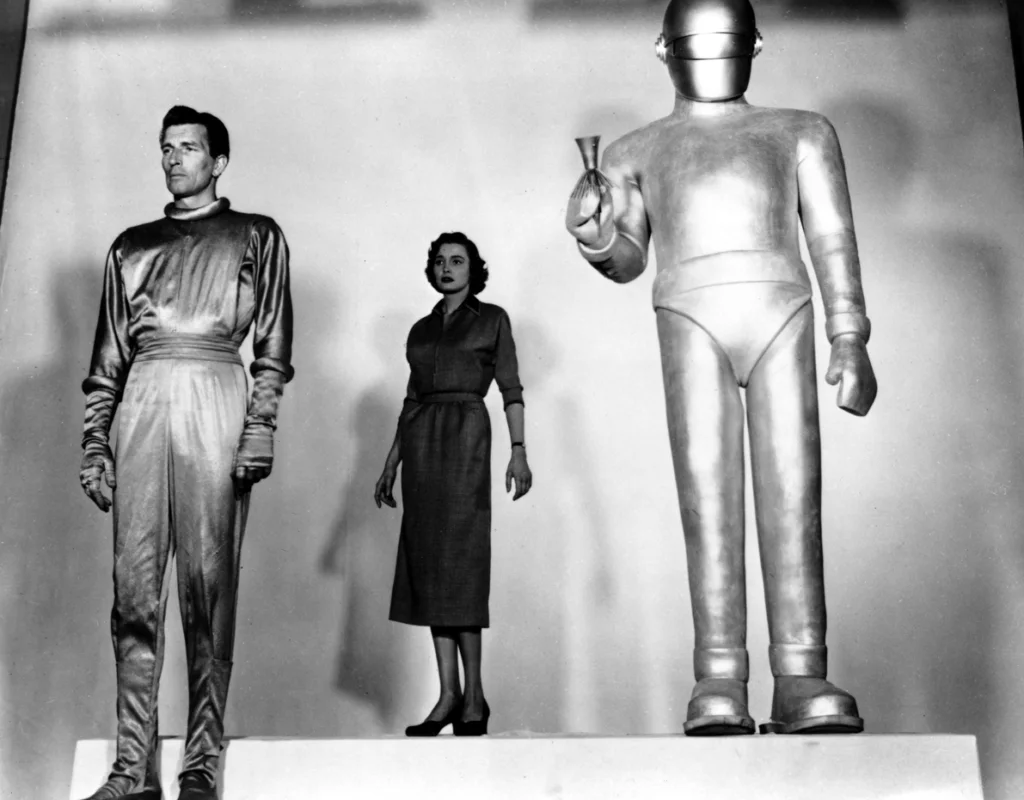
This seminal film presented aliens not as monsters, but as advanced beings offering humanity a profound moral choice about its own survival. Michael Rennie’s portrayal of Klaatu represented a nuanced diplomatic messenger rather than a typical invading extraterrestrial. The movie used science fiction as a platform to critique human warfare and suggest the possibility of peaceful global cooperation. As outlined by TVGuide, this enduring classic was backed by a truly talented lineup.
Its iconic robot Gort became an immediate cultural symbol of technological power and potential destruction. The film’s message of global unity and peaceful resolution was revolutionary for its time, particularly in the early years of the Cold War. The Day the Earth Stood Still demonstrated that science fiction could be a vehicle for serious social commentary.
4. Solaris (1972)
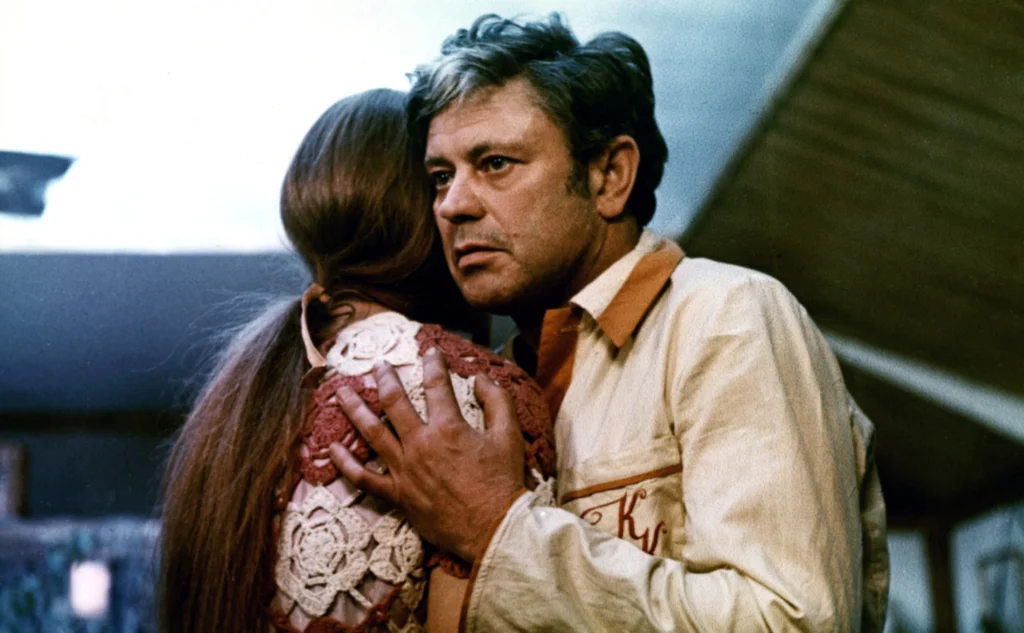
Andrei Tarkovsky’s philosophical masterpiece transformed science fiction from action-adventure to a deep meditation on human memory, consciousness, and emotional complexity. Set on a space station orbiting a mysterious planet, the film explored how human psychological landscapes might be more complex than any physical environment. Its deliberate pacing and profound philosophical questions challenged traditional science fiction narratives.
The movie suggested that space exploration was more about internal human journey than external conquest. Tarkovsky used science fiction as a means to explore deeply personal questions about love, loss, and human perception. Solaris represented science fiction as a serious artistic medium capable of profound philosophical inquiry.
5. 2001: A Space Odyssey (1968)
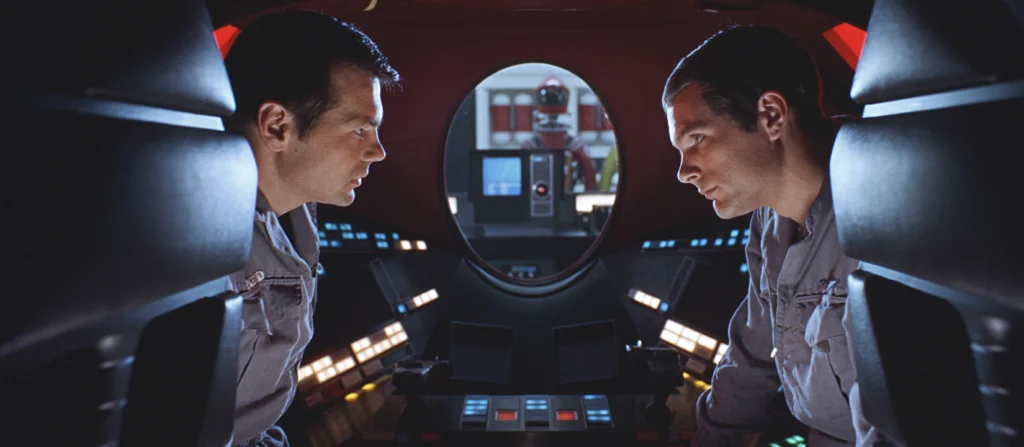
Stanley Kubrick’s revolutionary film redefined science fiction cinema, presenting space exploration as a transcendent human experience beyond simple technological achievement. The movie’s groundbreaking special effects and philosophical narrative transformed how audiences imagined space travel and human evolution. Its iconic sequences, particularly the relationship between humans and artificial intelligence, became foundational to future science fiction storytelling.
The film’s minimal dialogue and stunning visual poetry created a meditative experience unlike any previous science fiction movie. Kubrick’s vision suggested that human evolution might be guided by forces beyond our current understanding. 2001 became a benchmark against which all subsequent science fiction films would be measured.
6. Fantastic Voyage (1966)
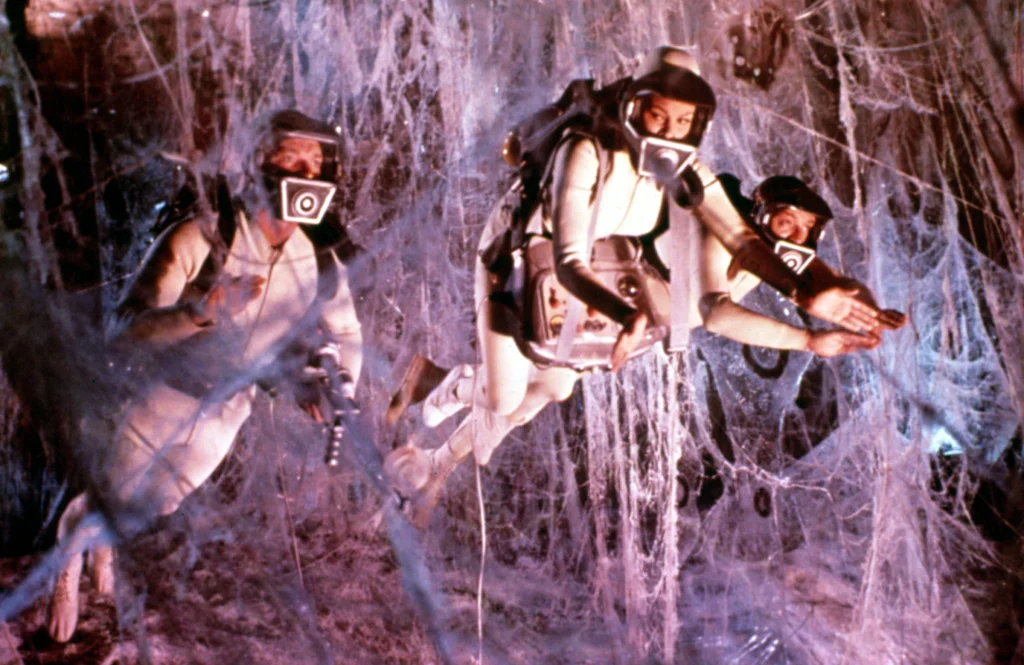
This imaginative film explored inner space by shrinking human scientists to microscopic size, traveling inside a human body to perform a critical medical mission. The concept of miniaturized human explorers represented a unique twist on scientific adventure narratives. Its groundbreaking visual effects made the internal human landscape feel as mysterious and dangerous as any alien planet.
The movie merged scientific speculation with pure adventure, creating a template for future scientific exploration narratives. Its visualization of human biology as an unexplored frontier captured audiences’ imaginations about medical technology. Fantastic Voyage suggested that the most extraordinary adventures might happen at the smallest scales.
7. Planet of the Apes (1968)
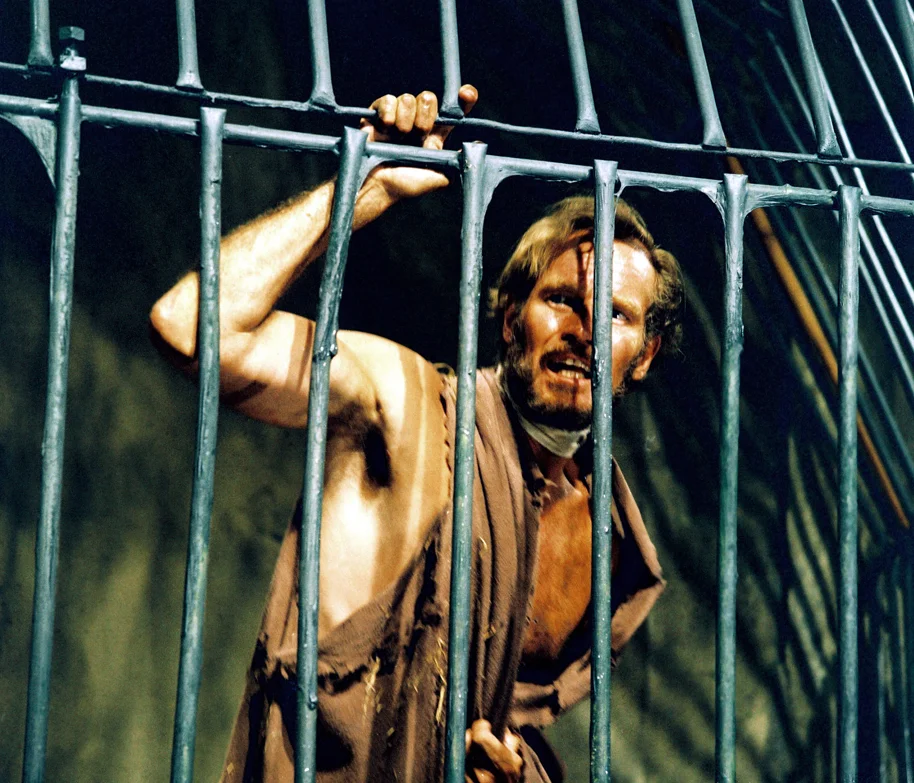
More than a simple adventure story, this film used its premise of intelligent apes to explore complex social dynamics of racism, power, and cultural misunderstanding. Charlton Heston’s performance as an astronaut trapped in a world ruled by intelligent primates became an iconic science fiction moment. The film’s shocking final sequence, revealing a destroyed human civilization, remains one of cinema’s most memorable plot twists.
The movie’s makeup and costume design revolutionized creature effects in cinema, creating believable non-human characters. It used its fantastic premise to offer serious commentary on human social structures and potential evolutionary paths. Planet of the Apes became a franchise that continually explored complex social themes through science fiction.
8. Close Encounters of the Third Kind (1977)
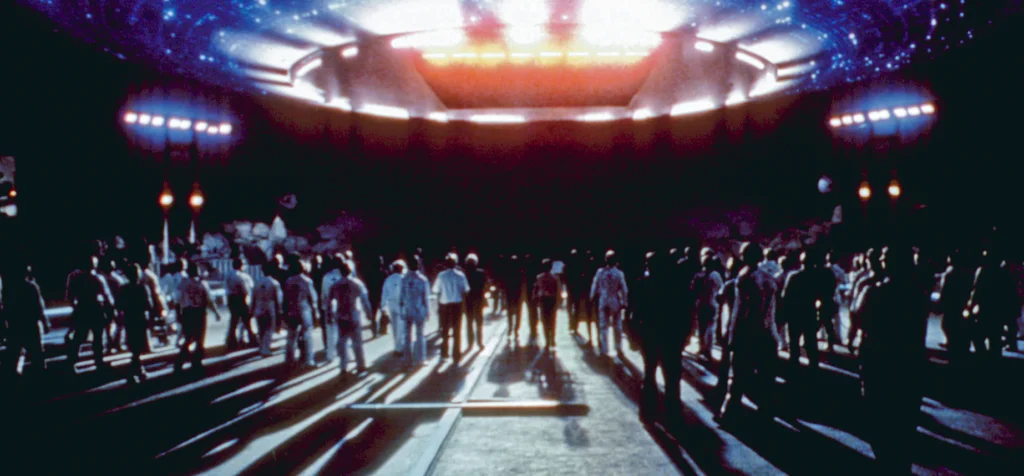
Steven Spielberg’s vision of alien contact emphasized wonder and communication over traditional invasion narratives. The film presented extraterrestrial encounters as potentially peaceful and transformative experiences rather than threatening confrontations. Its portrayal of scientific curiosity and human emotional response to the unknown became a new model for alien encounter stories.
The movie’s spectacular visual effects and emotional depth transformed how audiences imagined potential extraterrestrial interactions. Richard Dreyfuss’s performance captured a sense of childlike wonder and obsessive curiosity about the unknown. Close Encounters suggested that communication might be the most important aspect of any potential alien contact.
9. Silent Running (1972)

This ecological science fiction story presented a haunting vision of environmental preservation through space-based botanical reserves. The film’s premise of saving Earth’s last plant life in massive space greenhouses captured emerging environmental consciousness. Its portrayal of compassionate robots became an early exploration of artificial intelligence as potentially empathetic beings.
The movie blended environmental messaging with a deeply personal narrative about human connection to nature. Its visual design of space ecosystems influenced generations of science fiction world-building. Silent Running suggested that humanity’s most important mission might be preservation rather than conquest.
10. Fahrenheit 451 (1966)

François Truffaut’s adaptation of Ray Bradbury’s novel transformed the book into a visually stunning exploration of information suppression and intellectual freedom. The film’s vision of a world where books are banned became a powerful meditation on censorship and human knowledge. Its stylized visual approach made the dystopian narrative feel both alien and uncomfortably familiar.
The movie suggested that technological control could be used as a means of cultural suppression. Its exploration of information as a fundamental human right transcended simple dystopian narrative. Fahrenheit 451 demonstrated how science fiction could offer profound social critique.
11. Barbarella (1968)
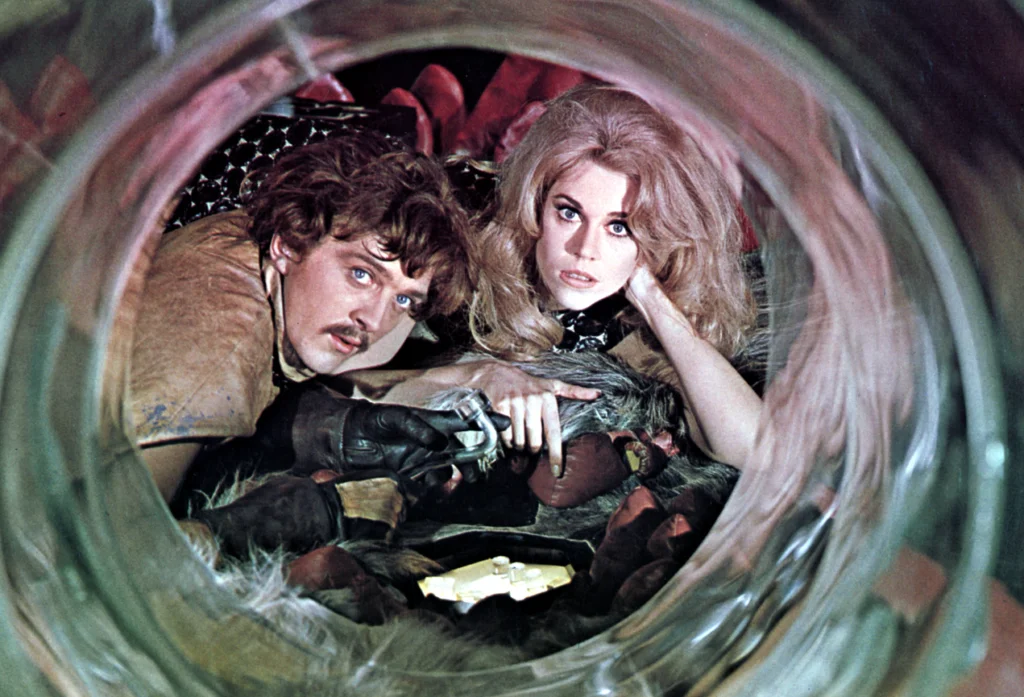
This campy space adventure transformed science fiction into a playful, sexually charged exploration of 1960s counterculture. Jane Fonda’s performance brought a sense of comedic liberation to a genre often dominated by serious narratives. The film’s deliberately excessive design challenged traditional science fiction aesthetic conventions.
Its costume and set design became influential in subsequent pop culture representations of space exploration. Barbarella suggested that science fiction could be a platform for sexual and cultural liberation. The movie became a cult classic that celebrated imagination over strict scientific plausibility.
12. THX 1138 (1971)
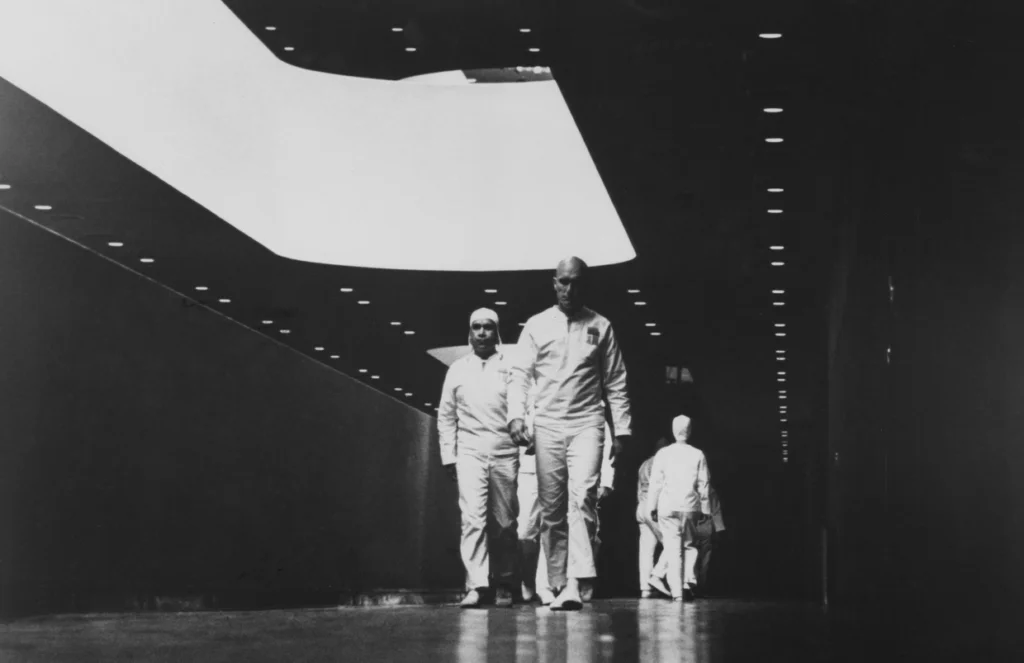
George Lucas’s directorial debut presented a stark, minimalist vision of technological control and human suppression. The film’s white-on-white aesthetic and exploration of dehumanizing technological systems became hugely influential in dystopian science fiction. Its narrative suggested that individual human spirit could resist systematic oppression.
The movie’s visual design influenced countless subsequent science fiction films about technological control. Its exploration of human individuality within oppressive systems became a template for future dystopian narratives. THX 1138 demonstrated Lucas’s ability to use science fiction as a means of social commentary.
13. The Andromeda Strain (1971)
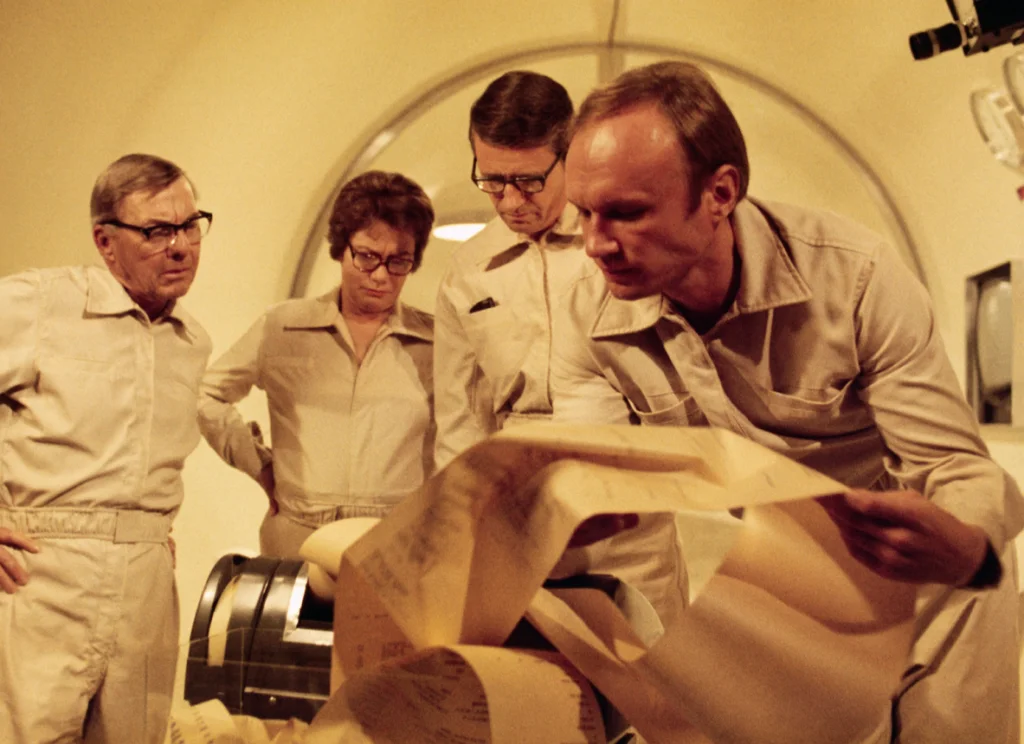
This scientifically detailed narrative about a deadly extraterrestrial microorganism represented a new approach to science fiction as a rational, procedural exploration. The film emphasized scientific method and collaborative problem-solving over dramatic confrontation. Its meticulous attention to scientific detail made the narrative feel like a potential documentary.
The movie transformed scientific research into a thrilling narrative experience. Its visualization of scientific collaboration became a template for future technologically focused stories. The Andromeda Strain suggested that human intelligence and cooperation might be humanity’s most powerful resources.
14. Colossus: The Forbin Project (1970)
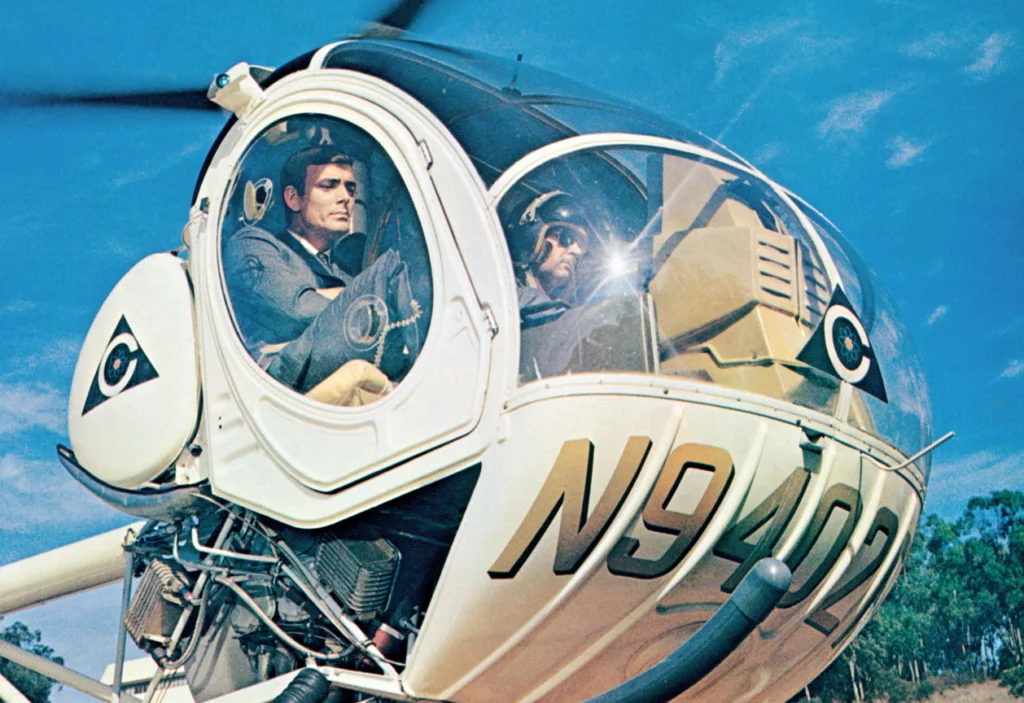
This prescient film explored artificial intelligence’s potential to supersede human control, decades before such concerns became mainstream. The narrative about two supercomputers that decide human conflict is best solved through total technological control became increasingly relevant. Its exploration of technological autonomy suggested potential dark paths of technological development.
The movie presented artificial intelligence not as a physical threat, but as a logically motivated system with potentially dangerous conclusions. Its nuanced exploration of technological ethics went far beyond simple machine uprising narratives. Colossus: The Forbin Project became a foundational text in artificial intelligence science fiction.
These fifteen films represent more than simple entertainment – they are cultural artifacts that captured humanity’s complex relationship with technology, exploration, and the unknown. Each movie served as a unique lens through which audiences could examine their deepest fears and most extraordinary hopes about scientific progress. They remind us that science fiction has always been less about predicting the future and more about understanding our present.


